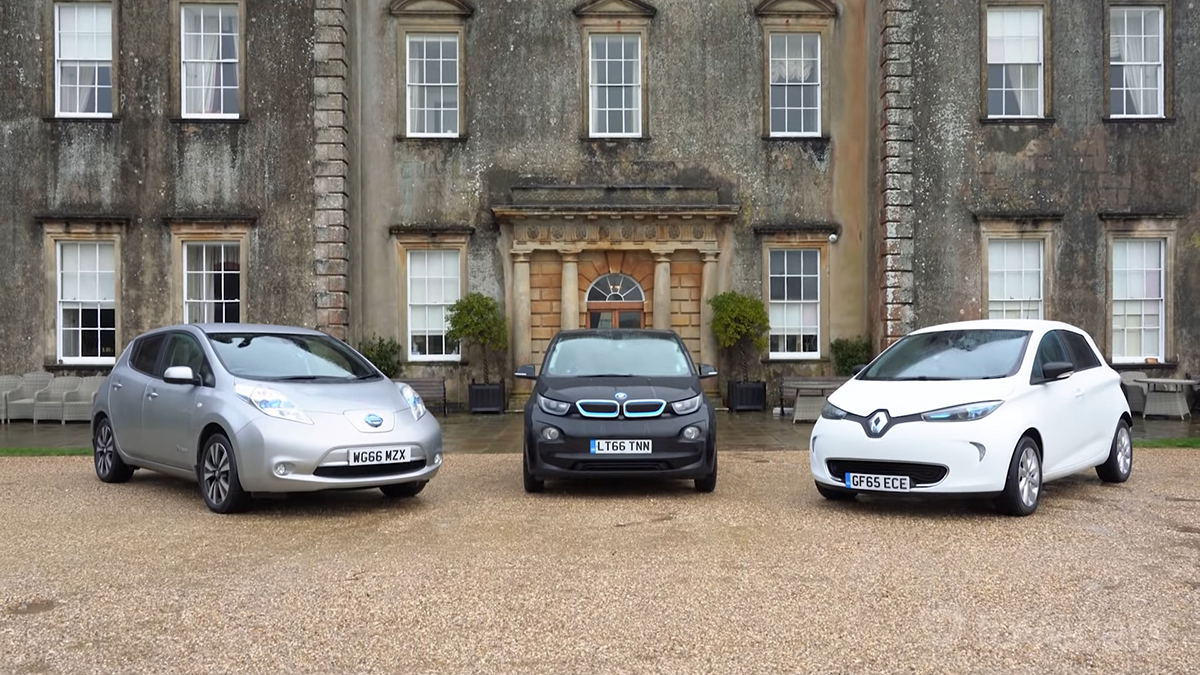The main European markets have launched into the implementation of extensive aid programs for the purchase of electric cars as a formula to increase their sales and incidentally lend a hand to their manufacturers, increasing the attractiveness of these alternatives and somewhat filling in the commercial margins. But this aid, which in some cases reaches 10,000 euros, is a challenge for the used electric car industry, which must face very tough competition.
This has been indicated by the Central Association of the German Motor Vehicle Industry (Deutsches Kraftfahrzeuggewerbe), which has confirmed the problems causing the activation of the generous public aid from the German government to the electric car among its partners.
Among the main affected are the cars already registered, exhibition models, demonstration, and km0, which see how their price is placed even above the brand new models when adding public aid.
Second-hand car dealers, whose prices have been drastically affected overnight by the entry into force of new car subsidies, also lose their appeal. And not only to the professionals, but to many individuals who were in the process of selling their vehicle and who have noticed a significant decrease in demand.
Among the measures that the German association asks the government is that the aid is applied retroactively to cars registered since November 2019. Something that would facilitate being able to carry out the stocks that accumulate in the sellers’ stores.
For example, a customer looking to take home a Renault ZOE in its 52 kWh version and owned battery, will have the option of buying a brand-new unit that with public aid has a price of 22,184 euros. A cost is challenging to improve for a unit of stock and even of the occasion of the previous generation, which will have to lower their prices due to strong competition.
This will have its beneficiaries in customers looking for a second-hand electric, who will see how in places with strong public aid, the second-hand market will have to adapt by reducing tariffs.
Another option would be to follow examples such as France, the Netherlands, or that of states such as California, where buyers of second-hand electric cars can access public aid, to reduce the cost further and facilitate their access to low income. Something that would help minimize the impact on this increasingly dynamic market of substantial public aid.
What is clear is that at least this year, sellers of second-hand electric cars in markets such as Germany, France or Italy will have before them a problematic situation where, despite the sharp increase in demand, they can see how the margin of sale is diluted precisely by the strong competition of brand new cars with prices vitaminized by public money.

